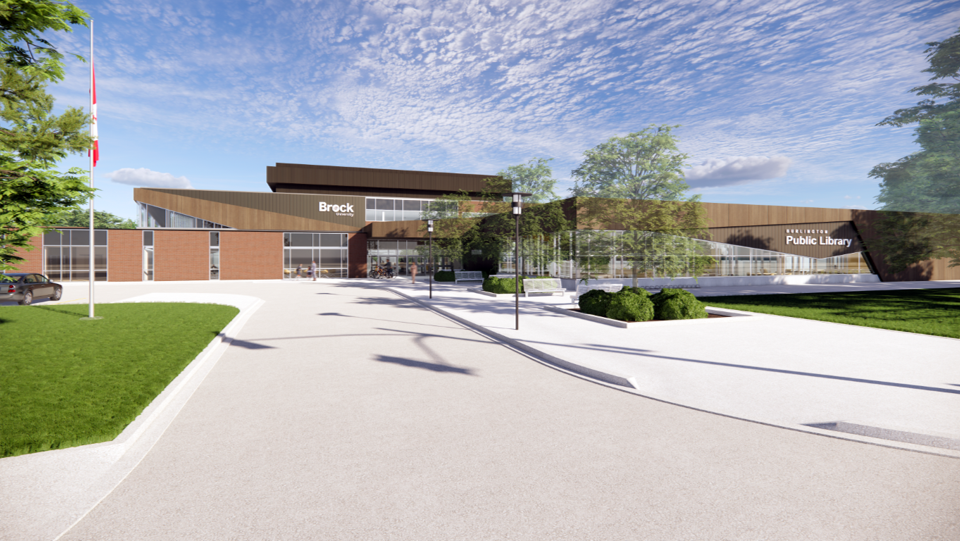After nearly a year of debate, involving meetings, workshops, and public consultation, the City of Burlington is hoping to finally fix its complex and controversial private tree bylaw. A series of staff-proposed changes have now been accepted in principle, essentially resulting in an entirely new bylaw.
The new bylaw keeps the main components of the old, but includes some changes aimed at reducing confusion and cost. Although still subject to a budget review, it is expected to be passed in April.
The bylaw was originally established in 2020 with the aim of protecting the city’s tree canopy by demanding permits to remove private trees 20 centimetres or more in diameter at breast height (1.37 m above ground). Replacement trees or financial compensation were required when a tree was removed. After its first year, however, there was so much concern over the cost of administering the bylaw as well as the constant citizen complaints that something had to change.
Councillor Paul Sharman had called the bylaw “chaos.”
Marianne Meed Ward said it had a “tax-grab feel to it” and should be made simple, “akin to getting a dog licence.”
At last week’s meeting, staff promised that the new bylaw, while not like getting a dog licence, will be an improvement.
“Staff have proposed a permit per tree approach, with a single application stream.”
Staff claim the new process will be more affordable for individuals planning to remove only one tree and reduces the cash-in-lieu payments for non-replacement of that tree.
It will require replacement trees to be maintained in good condition and allows replacements to be planted on alternative pieces of property.
It requires homeowners to post their removal permits so that their neighbours can see what is planned.
The bylaw remains highly complex because of its many variables including fees, equivalent cash-in-lieu payments, tree size, non-compliance fees, sliding scales, and others factors.
One Aldershot resident who delegated last week isn’t buying the staff’s claim that the new bylaw will be better than the existing one.
“The first new draft bylaw from 2021 contained draconian terms and gave greatly excessive and totally unwarranted powers to the forestry department. If this report is accepted, we can safely assume that nothing whatsoever will change,” said Mike Morris, who went on to describe the latest proposal as “manipulative and inflammatory.”
Morris began protesting the bylaw in 2021 after his condominium corporation began dealing with the tree bylaw. He complained that his condo complex would have to pay “tens of thousands of dollars” to the city in order to update its landscaping.

The bylaw divides the tree protection business into two categories: tree removals by developers and tree removals by homeowners. In 2021, there were 419 applications for tree removals by developers and 1,300 by homeowners. A total of 1,370 trees were removed; 1,142 were replaced, and $228,000 was paid to the city to compensate for trees that were removed but not replaced.
Councillor Shawna Stolte captured council’s frustration with the year-long debate and presumably its desire to complete the issue before the municipal election. “We’re going in circles. We need to land this.”
Mayor Marianne Meed Ward took the high road, saying the proposed changes are “definitely cheaper and simpler than what we have now.”
Councillor Kelvin Galbraith commented, “I want to get it landed this season, in time for spring. Fees are less than half.”
The fee schedule, however, is not enough to pay for the administration of the bylaw. Taxpayers as a whole will pick up 70% of the $426,500 cost this year.


